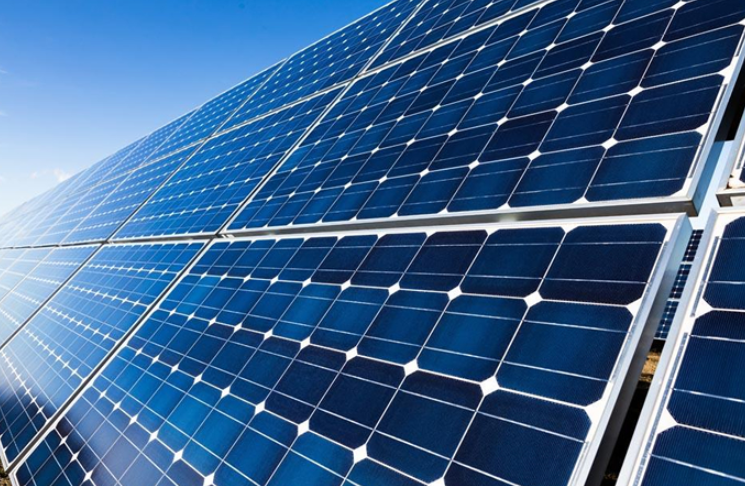Do you know the difference between solar controller PWM and MPPT?
2022-04-28
Only with it can the electric energy emitted by the solar panel be converted and stored in the battery. In addition, it can also protect the battery and prevent the battery from being overcharged. At present, there are two popular ones on the market. , PWM and MPPT controllers, these two have their own advantages and disadvantages, and adapt to different scenarios. Let's take a look at them in detail.

1. PWM controller (pulse width debugging method)
The early controllers are generally like this. The electrical structure is relatively simple. It consists of a main power switch, a capacitor, a driver and a protection circuit. It is actually equivalent to a switch, connecting the components and the battery together. The voltage of the components will be pulled down close to the voltage of the battery pack.
This controller adopts the three-stage charging method of strong charge, balanced charge and floating charge.
①Strong charging: also called direct charging, which is rapid charging. When the battery voltage is low, the battery is charged with a large current and a relatively high voltage.
②Equalizing charge: After the strong charge is over, the battery will stand for a period of time, and when the voltage naturally falls to a certain value, it will enter the state of equalizing charge, so that the battery terminal voltage has uniform consistency.
③Floating charge: After the equalizing charge, the battery is also left for a period of time. When the voltage naturally falls to the "maintenance voltage" point, it is the floating charge stage, so that the battery can be kept in a fully charged state without being overcharged.
The controller of this charging method can solve the problem that the battery is not fully charged and ensure the service life of the battery.
But it should be noted that the charging efficiency of the PWM controller will be affected by the temperature. When the temperature of the solar cell is around 45~75℃, the charging efficiency is the best.
2. MPPT controller (maximum power point tracking method)
This controller is a bit more complicated and a bit more expensive, usually several times or even tens of times more expensive than a PWM controller, and it adjusts the input voltage to get the most energy out of the solar panel.
After that, it is transformed into the charging voltage required by the battery, which cuts off the direct link between the solar panel and the battery, and enables the high-voltage solar panel to charge the low-voltage battery. It is divided into MPPT current-limiting charging and constant voltage equalizing charging. and constant voltage float charge three-stage mode.
①MPPT current-limited charging: When the voltage at the battery terminal is very small, the MPPT charging method is used to pump the output power of the solar panel to the battery terminal. When the light intensity is strong, the output power of the solar panel increases and the charging current reaches the threshold. MPPT charging will switch to constant current charging; when the light intensity becomes weak, it will switch to MPPT charging mode.
②Constant voltage equalization charging: The battery can switch freely between the MPPT charging mode and the constant current charging mode. When the battery voltage reaches the saturation voltage in cooperation with each other, it enters the constant voltage equalization charging stage. As the battery charging current gradually decreases, it reaches 0.01C. , this charging phase is terminated and the float charging phase is entered.
③Constant voltage float charging: Float the battery with a voltage slightly lower than that of constant voltage charging. This stage is mainly used to supplement the energy consumed by the self-discharge of the battery.
Compared with the PWM controller, the MPPT controller has the maximum power tracking function. Before the battery reaches the saturation state, during the charging period, the solar panel can always output the maximum power and will not be affected by the temperature. That said, it is naturally higher than PWM.
In addition, the PWM controller can only be matched with the relevant voltage. For example, the 12V system battery board can only be matched with the 12V controller and the battery, which is suitable for some small off-grid systems below 2kw. The structure is simple, the user wiring is convenient, and the price is relatively cheap.
The MPPT controller has a larger space for use. In general, the solar panel voltage can be used between 12V and 170V, and the battery voltage is adjustable from 12 to 96V. The applicability is stronger, and it is suitable for large off-grid systems above 2kw. , high efficiency and flexible component configuration.




